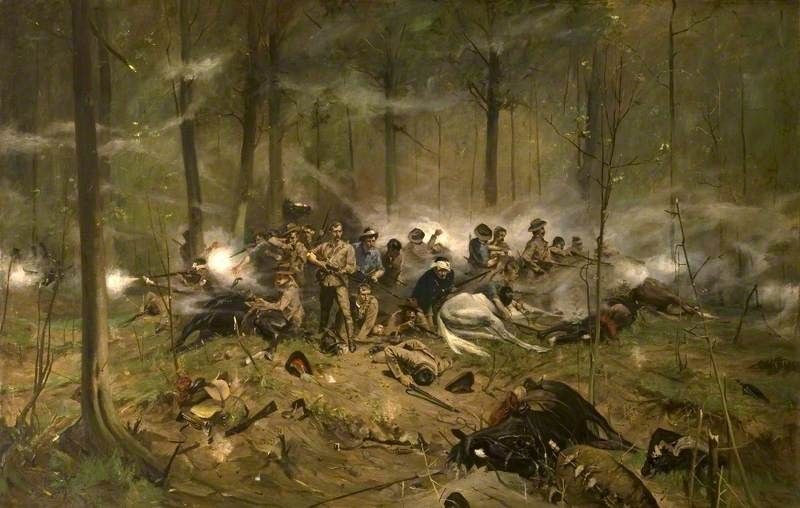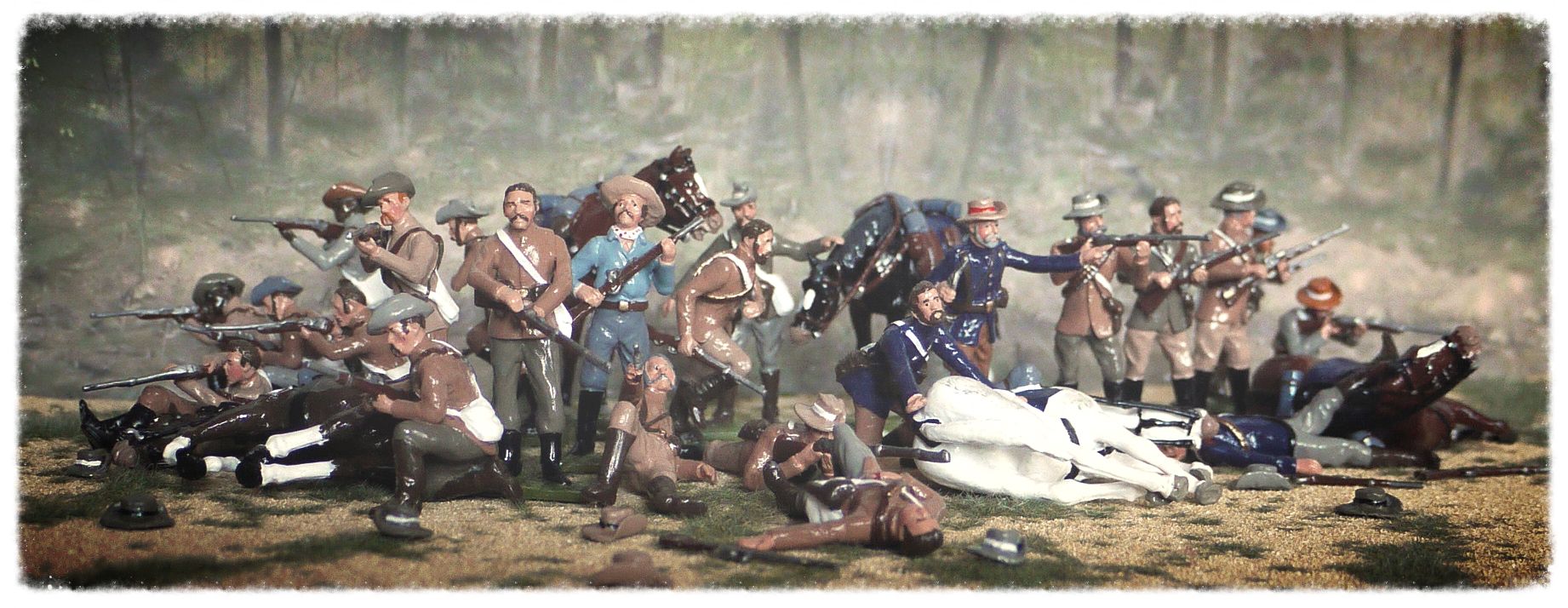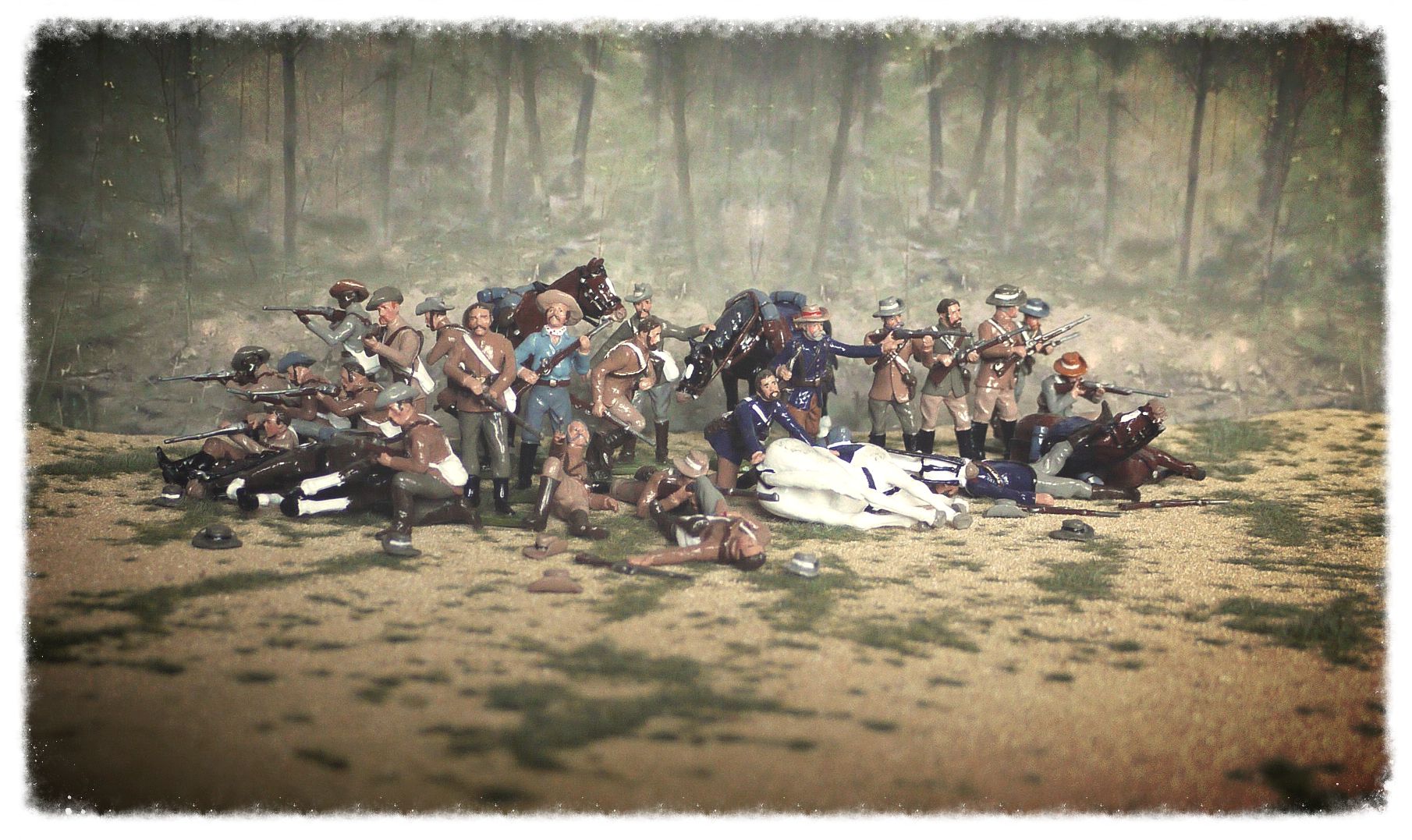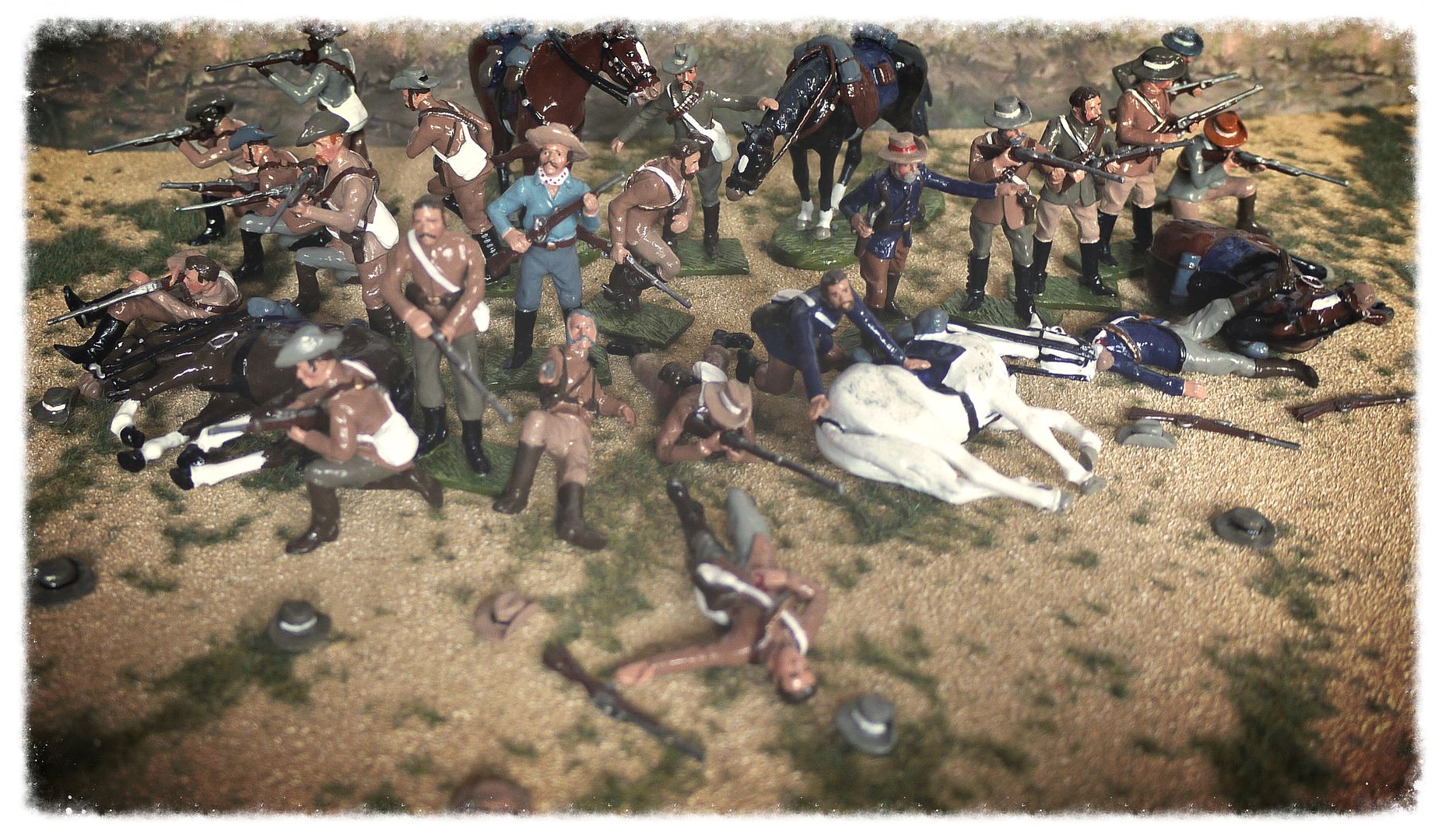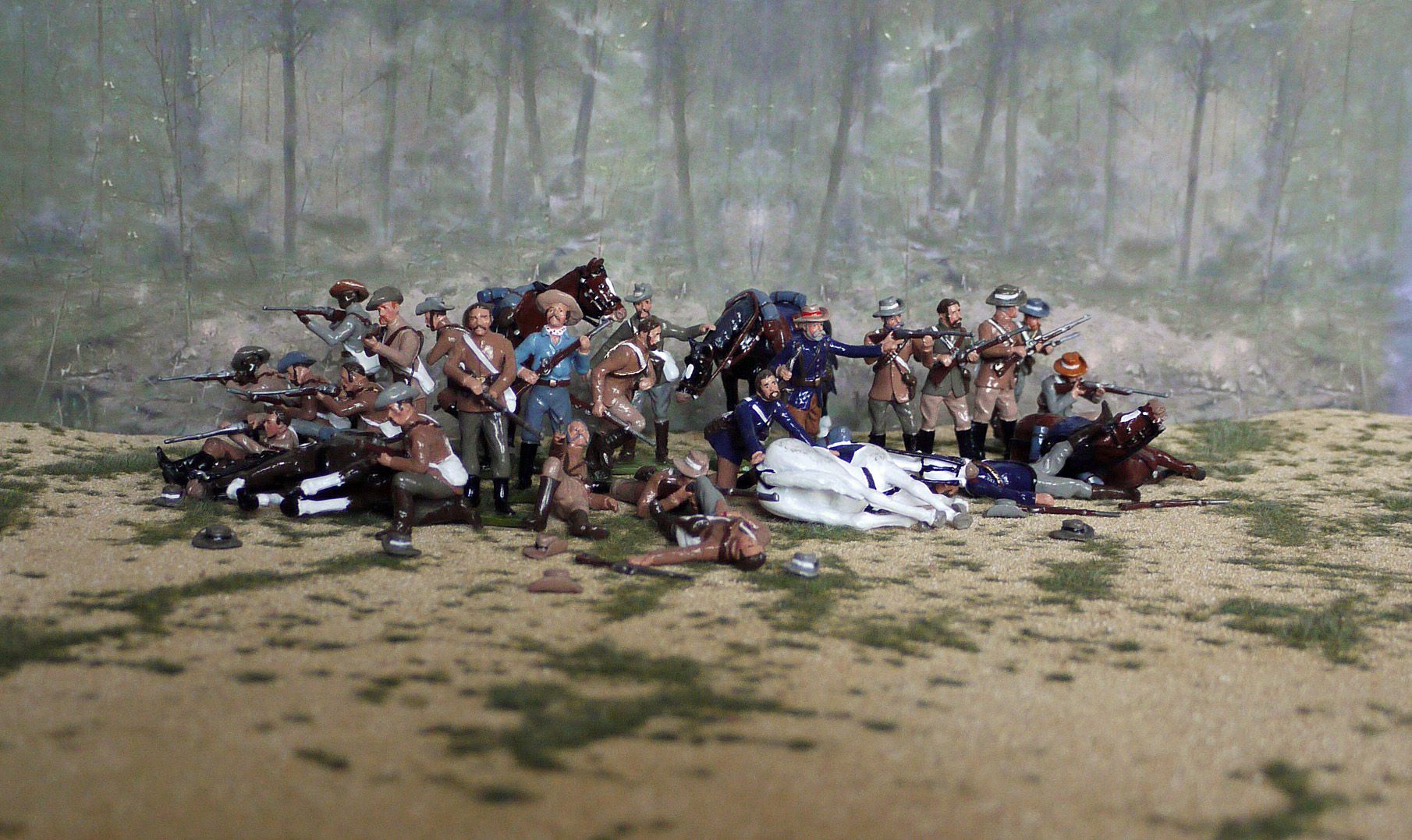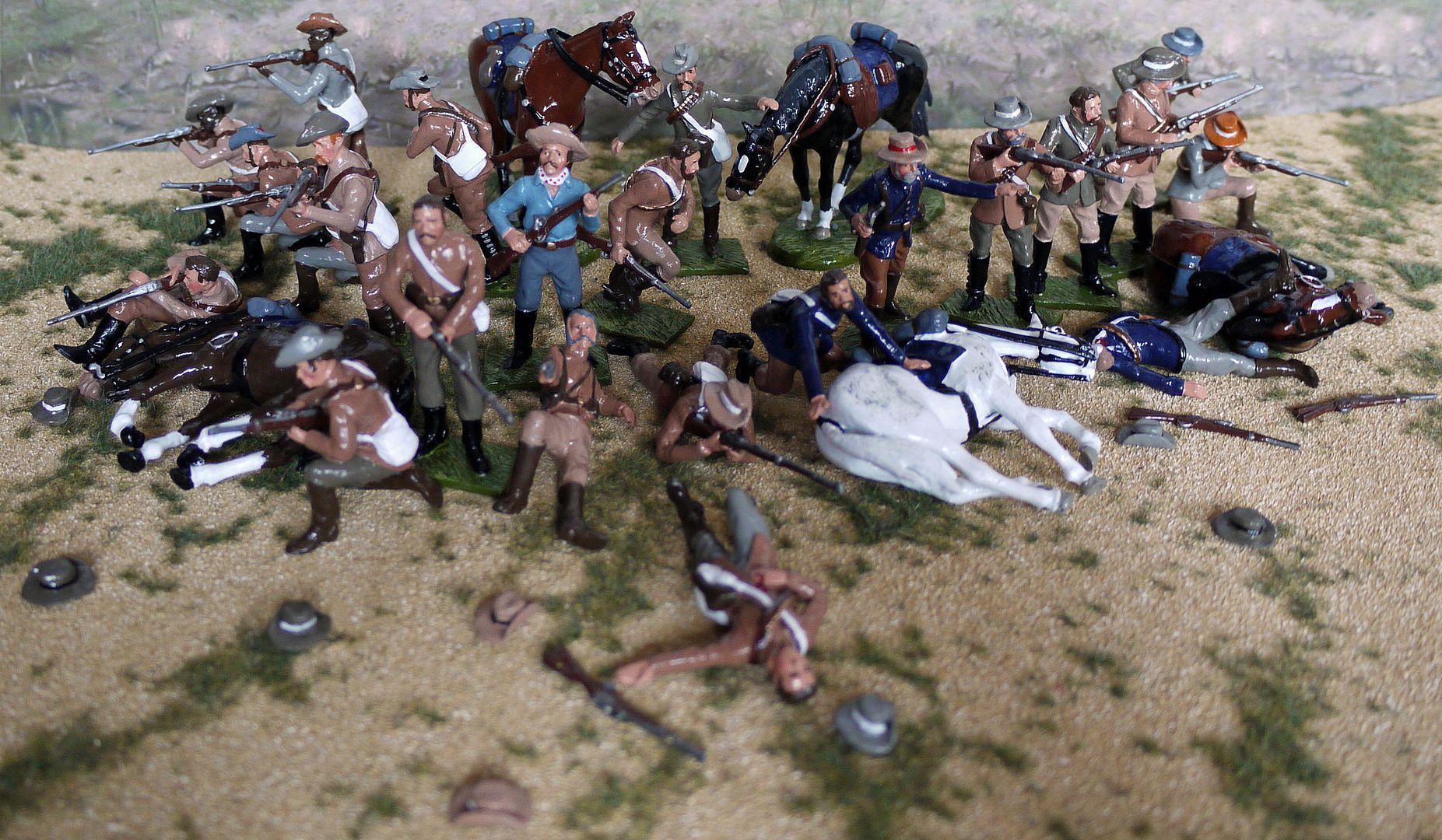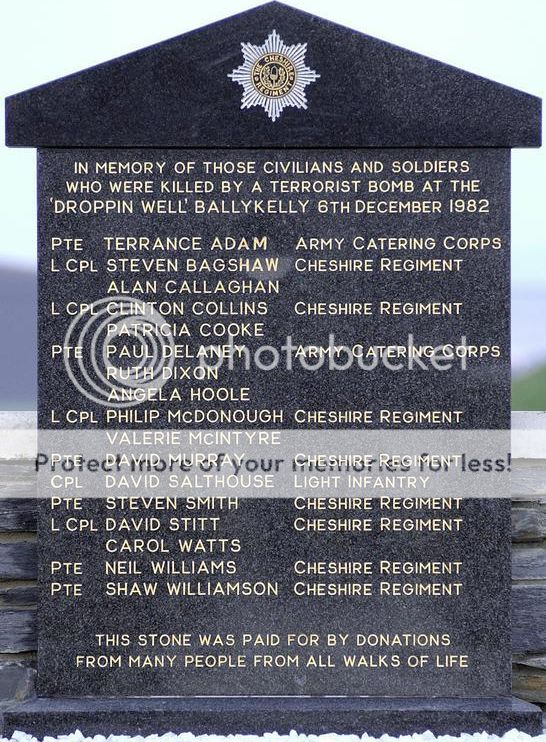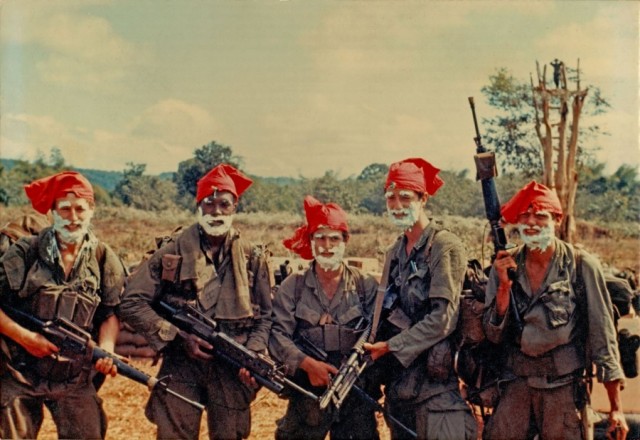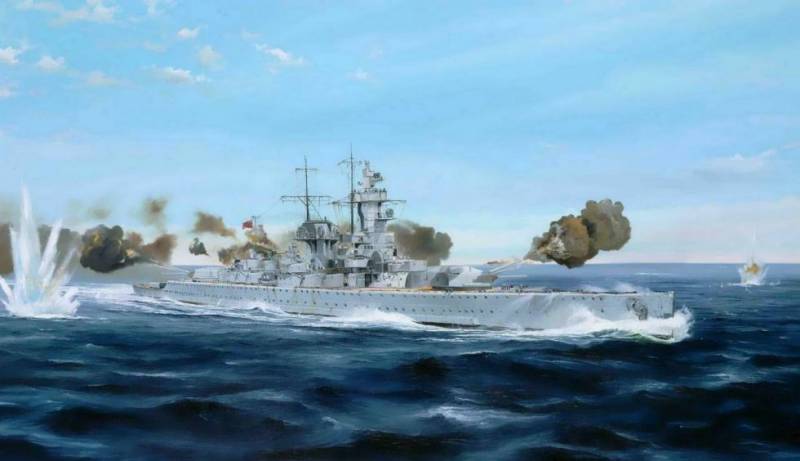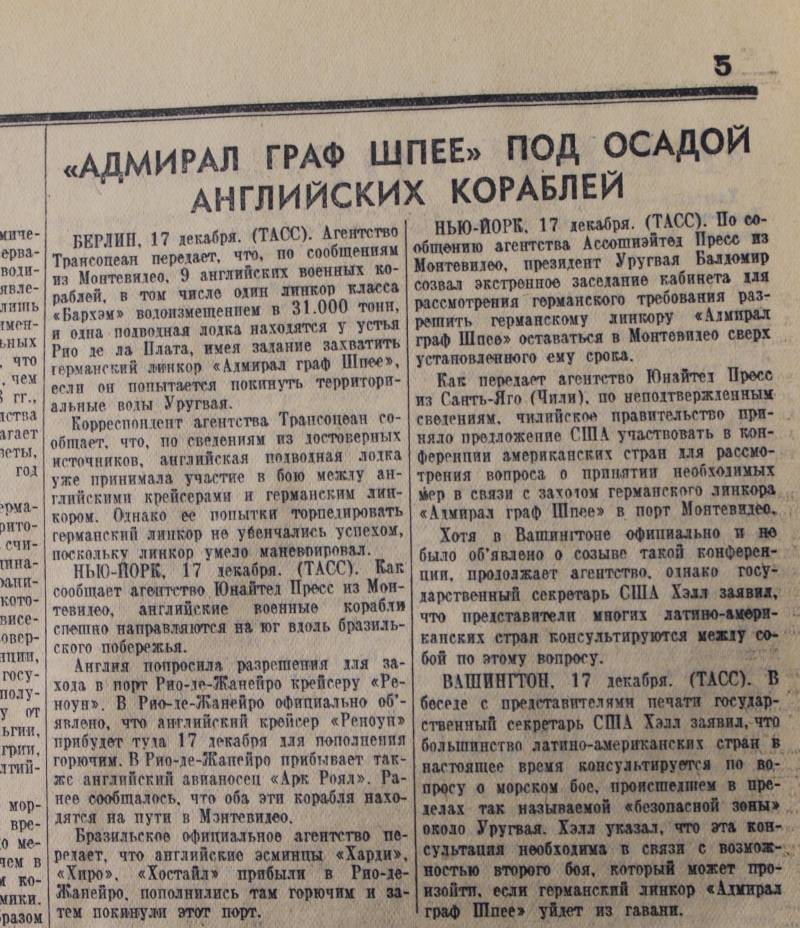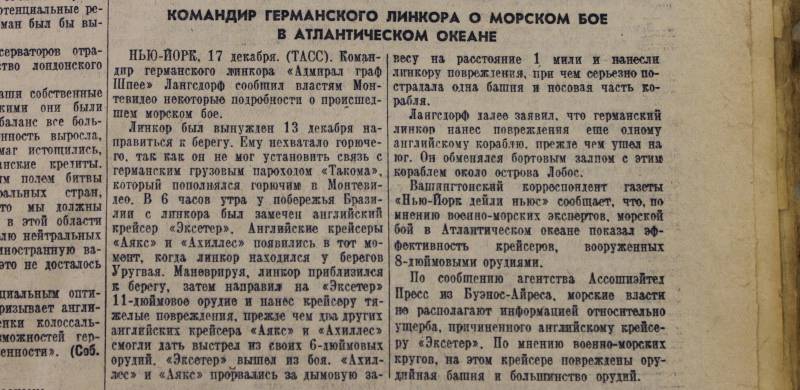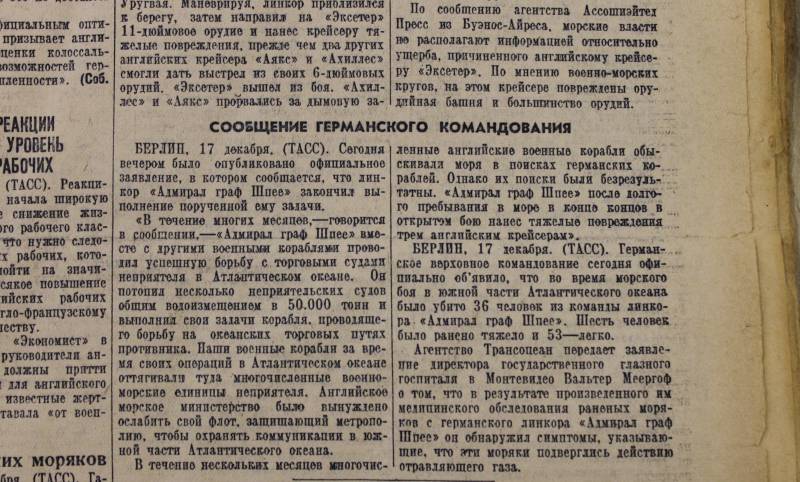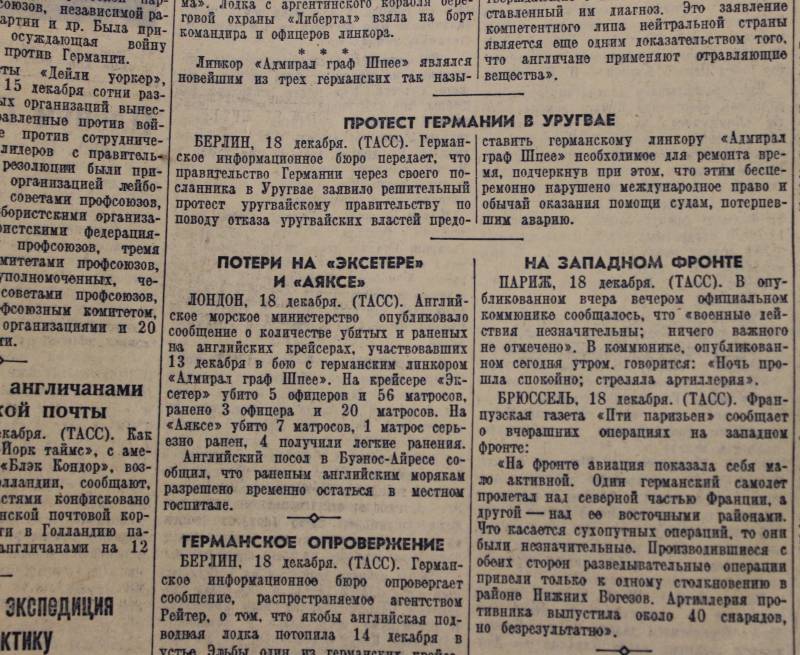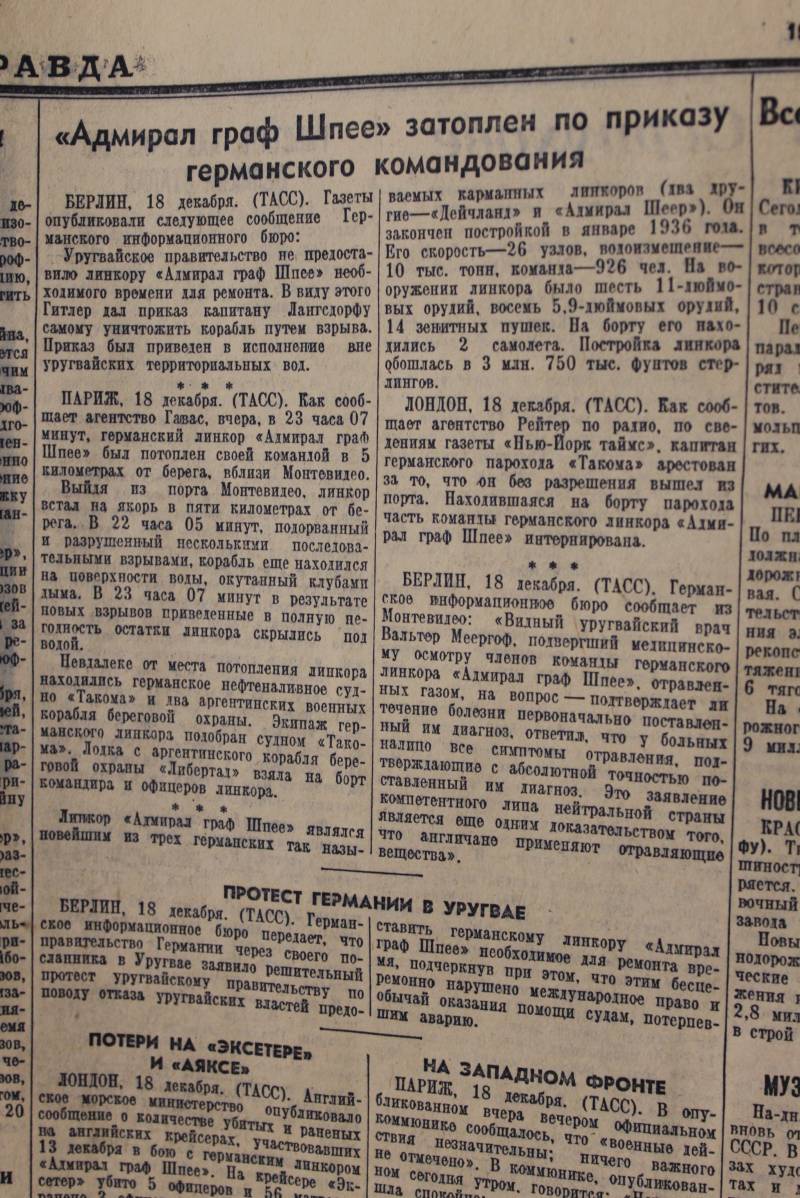Louis Badolato
Lieutenant General
- Joined
- Apr 25, 2005
- Messages
- 18,438
He was a good egg, owned a gas station like a lot of Greeks.
Any veteran who came in, he'd fix their cars for the price of the parts, never charged them labor. Was such a decent, honest, hard working person, poor guy would be working on four or five cars at once at his shop out in the freezing cold or broiling heat, he worked from 7:00am till 7:00pm six days a week and never gave it a second thought.
They broke the mold when they made him.
Sounds like a real stand up guy. Wish I had the chance to meet him, and thank him for his service.


